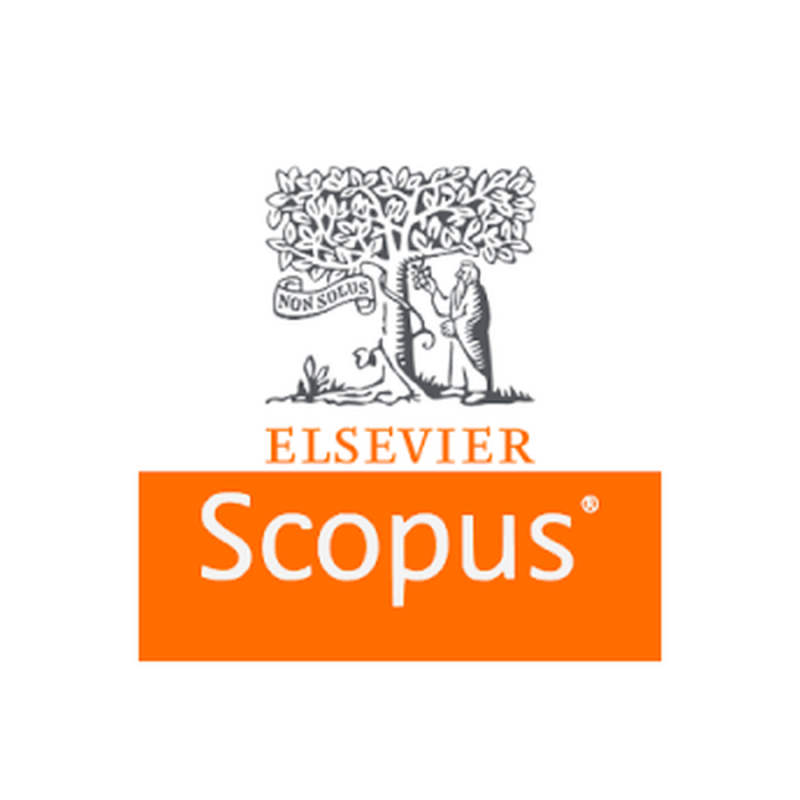Water Quality Evaluation of the main Valleys for Agricultural Uses on the left side of Mosul City
Abstract
The study of water geochemistry is of great importance in evaluating surface water sources, and the physical and chemical properties are among the most important criteria adopted to determine the suitability of water for various uses, including irrigation, The term irrigation water quality coefficient expresses the suitability of water. Water quality is affected by natural processes and human activities.A geochemical study was carried out to evaluate the water quality for irrigation and other uses of the main valleys (Al-Rashediya, Al-Kharrazi, Al-Khosar, Al-Danffilli, Al-Shor) lies on the left side of Mosul city. for the purpose of evaluating its quality and suitability for irrigation purposes. 48 samples were collected, and field and physical measurements were conducted, which included temperature, pH, electrical conductivity, total dissolved salts, total hardness, and turbidity. The concentrations of the main ions were also measured and it was found that the dominant positive ions are) Ca2+>Mg2+>Na+>K+ ), and negative ions(HCO3->SO42->Cl->NO3- ), The classification developed from the Piper water scheme of the studied valleys showed that the water quality in Al-Rashediya Valley is (Ca-Mg-SO4) type , the water quality in both the valley of Al-Khosar and Al-Shor is of the type (Ca-Mg-SO4-Cl). The water quality in Al-Kharrazi Valley is of the type (Alkaline earths exceed alkali metals). While the water quality in Al-Danffilli Valley is of the type (Ca, Mg, HCO3). The classifications of Sodium Adsorption Ratio (SAR), Magnesium Adsorption Ratio (MAR), Sodium Saturation Percentage (SSP), Wilcox scheme, Residual Sodium Carbonate (RSC),



